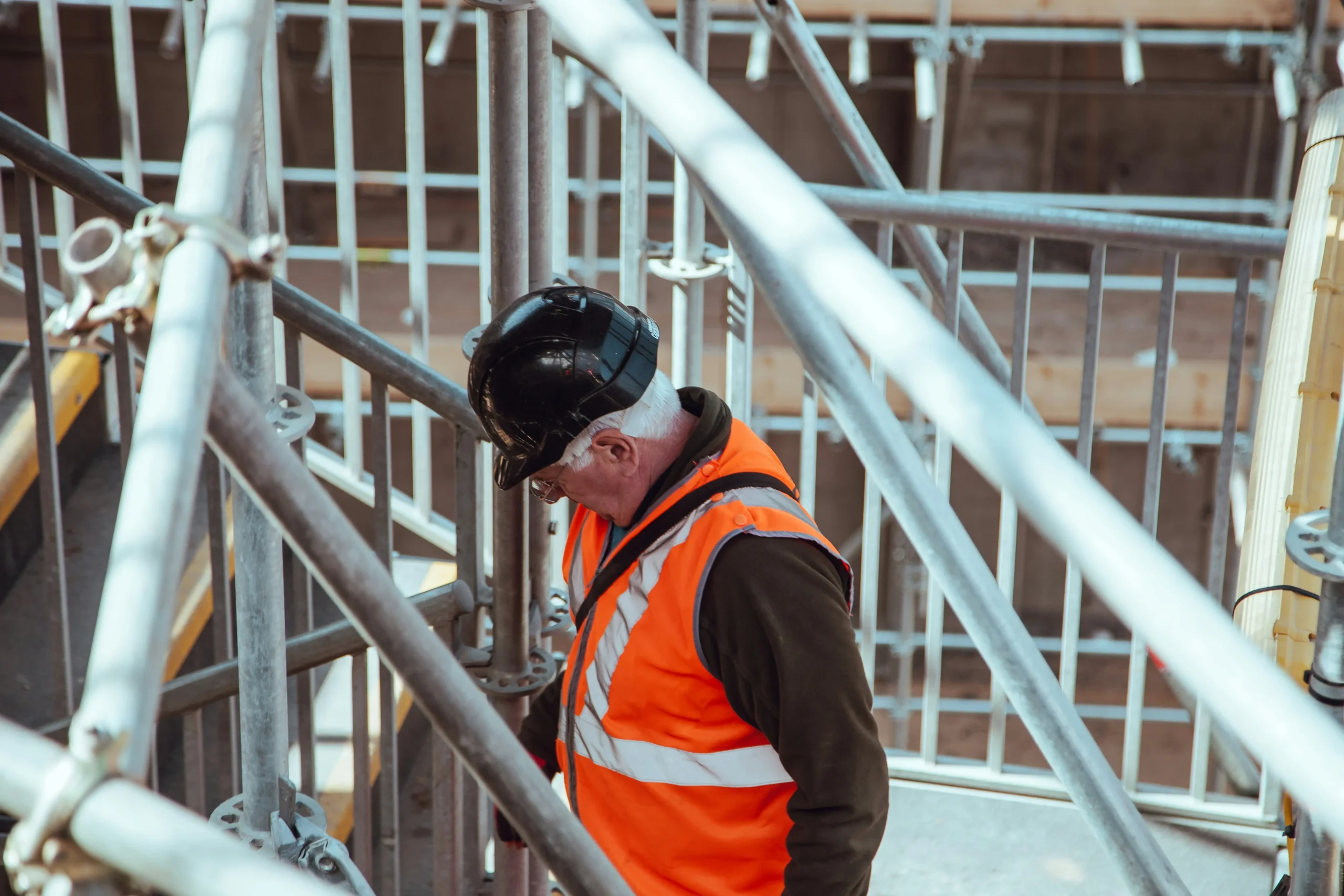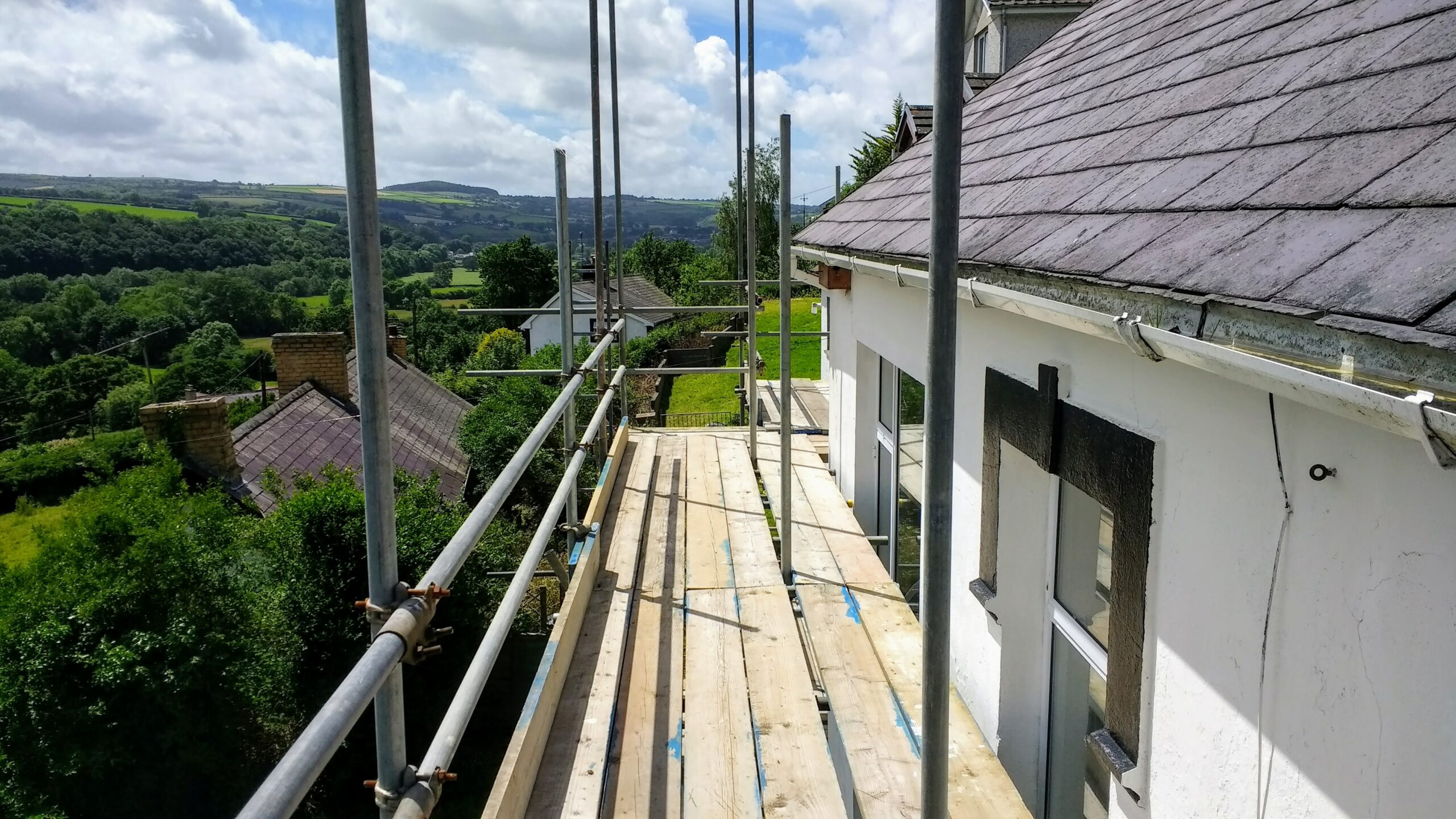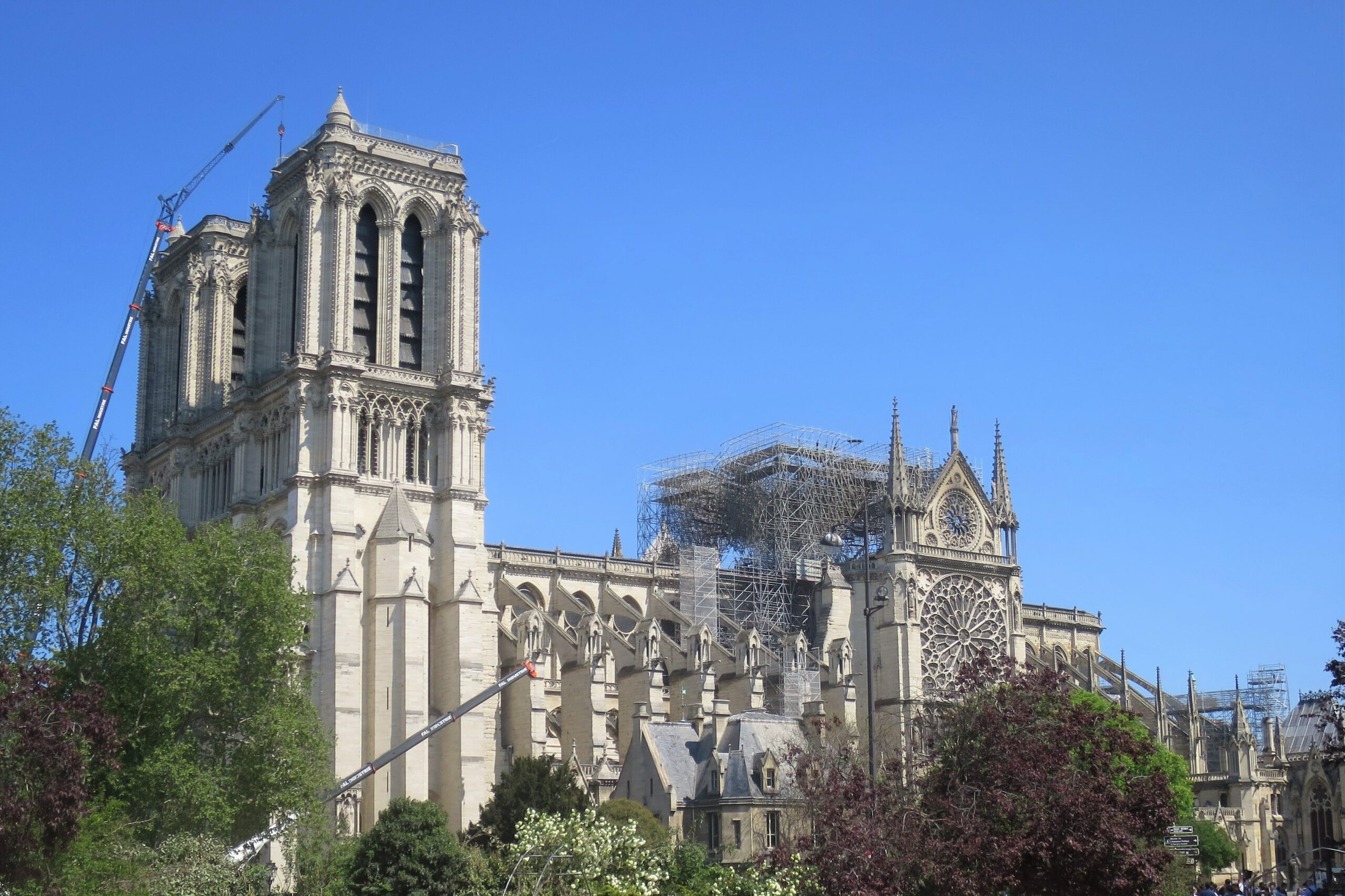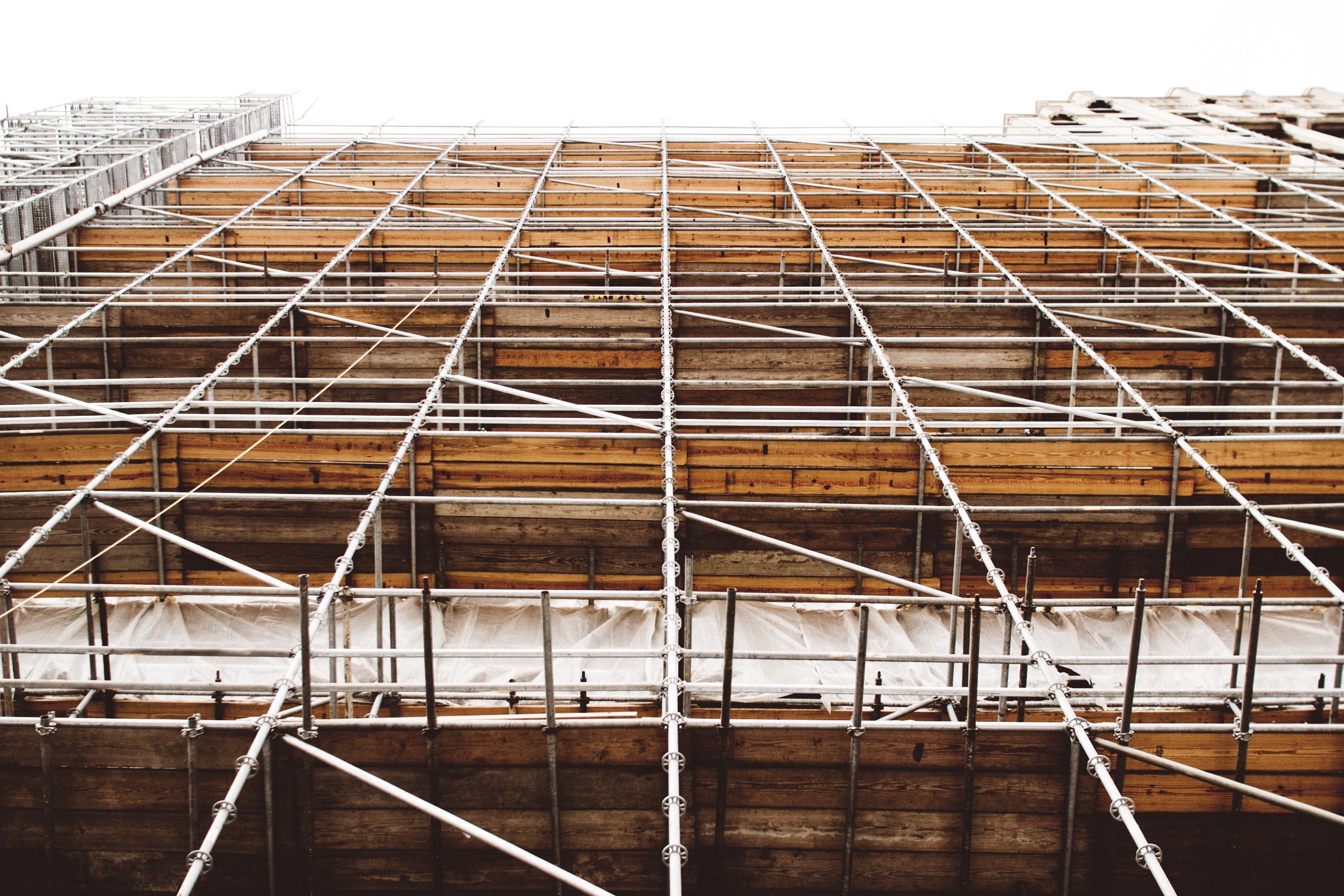With every project, there is a need for completion, and how long it takes depends on the kind and various different aspects that come with it. When it comes to scaffolding, our company tries its best to give you the results you require in a timely manner. Sometimes there are limitations and challenges and of course this may add to the length of time it takes. We are here to give you realistic judgements on timings, so you can plan properly.
What Factors Can Affect The Project Speed?
There are several factors that can affect how quickly scaffolding happens. Here are the main examples:
- Size of the building
More height or width means more poles, boards and ties, so it naturally takes longer. - Complexity of the structure
Buildings with extensions, chimneys, roof angles or awkward shapes take more time. - Number of levels needed
Each level adds extra time for assembly and safety checks. - Access around the property
Tight spaces, uneven ground or obstacles like conservatories all slow the team down. - Crew size and experience
A larger or highly experienced team can move much faster than a small crew. - Weather conditions
Strong wind, heavy rain or ice can slow everything down or pause work for safety reasons. - Safety requirements or special features
If the job needs extra bracing, netting, protective sheeting or hoists, it adds time.
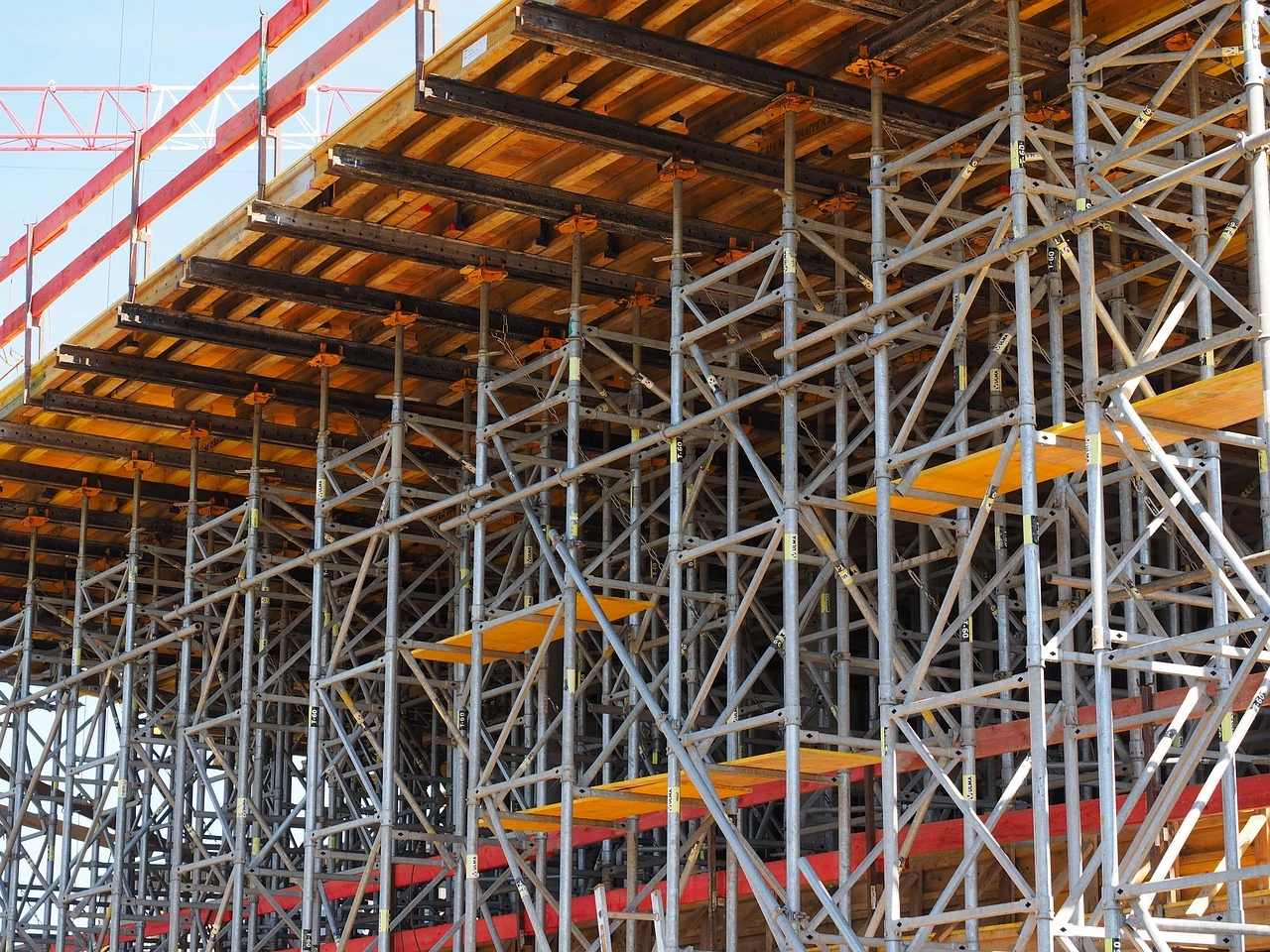
Does It Take Just As Long To Take Down?
Small residential setups
These often take 1 to 2 hours to remove scaffolding from.
(Anything that took half a day to put up will normally come down faster.)
Medium house projects
A few hours, usually 2 to 4.
(Full house fronts or wrap-arounds come down noticeably quicker than they go up.)
Larger or complex homes
Half a day to a full day.
(Still faster than installation, but careful dismantling takes time.)
Commercial or multi-storey scaffolding
From half a day to several days.
(Again, often faster than the build, but the size and safety checks matter.)
In general, dismantling is quicker, but not by a huge margin because the team still has to work safely, lower materials, and load everything onto the truck. If you want, you can tell me the size of the project you’re thinking about and I can give you a rough removal time too.
Why Choose Us At Safeway Scaffolding
Regardless of putting up scaffolding, taking it down or all the technical aspects in between, there are many reasons why you should choose us here at Safeway Scaffolding.
Choosing the right scaffolding company makes all the difference to how smooth and safe your project runs. Here’s what sets Safeway Scaffolding apart.
A long-established scaffolding company
We’ve been in the industry for many years. Our experience means we understand common access challenges and what customers expect from a reliable team.
Fully trained CISRS scaffolders
Every scaffolder on our team is properly qualified, so you know the structure going up on your property or site is built by people trained to recognised UK standards.
NASC members
Being part of the NASC means our company has been independently audited for safety, training, insurance and overall professionalism. It’s one of the strongest trust markers in the UK scaffolding industry.
Clear communication from start to finish
We keep you informed at every stage of the job. Whether it’s timelines, access adjustments or safety details, you’re never left guessing.
Safety comes first
We follow up-to-date UK guidance including TG20:21, carry out site-specific risk assessments and produce clear method statements. Every scaffold is inspected and handed over with the appropriate documentation.
Scaffolding available on contract
For our regular commercial and industrial clients, we provide contract scaffolding so you get consistent service, priority scheduling and predictable pricing.
Proven reputation
A large part of our work comes from repeat customers and recommendations. Our reviews reflect the care, reliability and professionalism we bring to each job.
Contact Our Team Today!
Get in contact with our team today to understand more about scaffolding. We cover commercial, industrial and bespoke scaffolding for all our customers.

